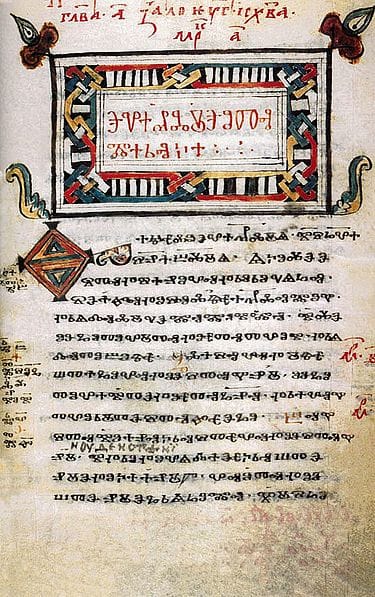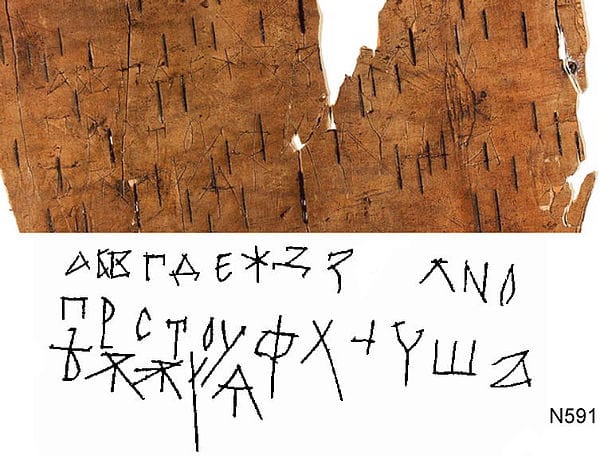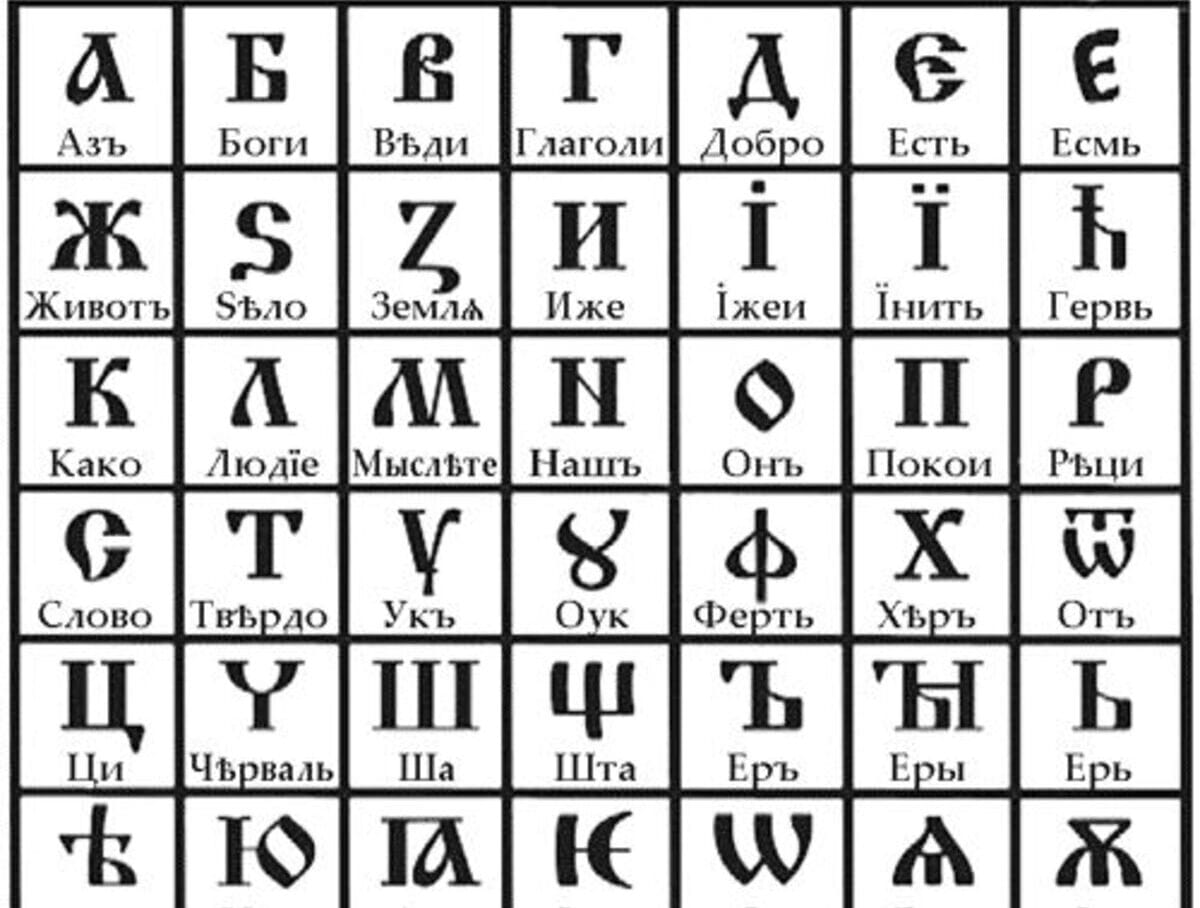A version about the ancient Slavic origin of the letters Z, O and V, which became symbols of the Russian invasion of the territory of Ukraine, is actively spreading on social networks. We decided to check how true this is.
The text about the Proto-Slavic roots of the letters Z, O and V can be found on various social networks. For example, about this wrote blogger Yuri Podolyaka (2.6 million subscribers): “We often hear that we cannot associate our war of liberation with foreign symbols: Z, O, V. Meanwhile, these are our old proto-Slavic letters, which we have already forgotten about. Just as some of us have already forgotten our common kinship. And therefore, it is these letters of the “Latin alphabet”, like no others, that are most suitable for our people’s war for our common future.” Similar statements are found in “Zene", and on the website Pikabu. Most often they are accompanied by a table of the Proto-Slavic alphabet of 49 letters, common in websitesassociated with neopaganism.

First you need to understand the table of letters of the Proto-Slavic alphabet. Proto-Slavic called the language from which later Slavic languages evolved. It did not have its own written language; the first written monuments date back to a later period, when the Proto-Slavic language broke up into various dialects. The oldest Slavic literary language is Old Church Slavonic, belonging to the eastern subgroup of the South Slavic language group.
The first Slavic alphabet is Glagolitic, created by the Byzantine Christian missionary Cyril. The oldest known inscription in Glagolitic alphabet is preserved in a church in Preslav (modern Bulgaria) and dates back to 893.

Cyrillic, as scientists now believe, appeared later and was created by Cyril’s student Kliment Ohridski. If the Glagolitic alphabet was predominantly based on Greek cursive writing, then the Cyrillic alphabet took as its basis the Greek uncial - a statutory (solemn) letter.

Most of the works proving the existence of written monuments of the Proto-Slavic language are rather crude falsifications. Vivid examples of such forgeries are “Boyanov’s Hymn” and “Veles’s Book”. A table of 49 letters, which has become widespread in the last ten years, is called a “letter letter” on social networks.
This table, which is often used to illustrate the thesis about the Proto-Slavic origin of the letter Z, is a mixture full of errors and anachronisms. So, in Slavic alphabet the second letter was called “buki”, not “gods”. And at the end, the letters Ѧ and Ѫ are designated, respectively, not as yus small and yus large, but en and od. And if the first at least conveys the sound denoted by this symbol, then the origin of the odes remains a mystery. The last letter (designated as izha) in the table does not exist at all: it is remotely similar to a letter from the Glagolitic alphabet, which corresponds to the Cyrillic small yus.
The main thesis of pro-war bloggers is that the letters Z, O and V are not Latin, but are in fact originally Slavic. If with the letter O, which is the same in almost all European languages, the situation is quite simple, then in the case of Z and V it is not at all so. The Cyrillic alphabet had two letters denoting the sound “z” - Ѕ (zelo) and Ꙁ (earth). At first they sounded differently - like “dz” and “z”, respectively. But back in the 11th century, this difference was erased. Ꙁ is actually directly related to the Latin Z - both of these letters come from the Greek Ζ (zeta). Later it began to be written as modern Z.
It should be noted that Ꙁ was never written as Z. This can be seen in all possible writing options: ustav (solemn letter) and its new version, semi-ustav and even cursive. For example, here is a sample of the writing of a letter in one of the Novgorod birch bark letters of the first half of the 11th century:

IN Kyiv Psalter (1397), written by the charter, the land only vaguely resembles its Greek and Latin “relatives”.


The Charter is replaced by a new type of Cyrillic letter - semi-charter. For example, he wrote the Laurentian Chronicle (XIV century). Throughout the chronicle text there are different versions of the letter earth, and over time they are less and less similar to Z.


Thus, we can conclude that the letter Z, which became the main symbol of the Russian invasion of Ukraine, has nothing to do with the letter land of the Cyrillic alphabet: from the very beginning the letter was written differently, over time only moving away from its original form.
Another letter that has been used by Russian troops and propagandists since the very beginning of the war is the Latin V. In patriotic publics referring to the so-called Proto-Slavic alphabet, the Slavic roots of V are proved by its similarity to one of the letters of the Cyrillic alphabet - Izhitsa. They actually have a common ancestor - the Greek letter upsilon. However, the Slavic version is more similar to the original - the letter V has a small tail. Izhitsa used very rarely, in a few words of Greek origin. In the position between vowels she was pronounced as “v” (for example, the name Pavel in the Suprasl manuscript of the 11th century), but over time it was completely replaced by the third letter of the alphabet - vedi.
That is, the story with the letter V is exactly the same as with Z. Both of them are of Greek origin, but in the Slavic version the style of these letters was significantly different from the Latin from the very beginning. Therefore, it would be incorrect to say that the Russian army and state propagandists use the letters of the Slavic alphabet.
Cover photo: social networks
Not true
If you find a spelling or grammatical error, please let us know by highlighting the error text and clicking Ctrl+Enter.






